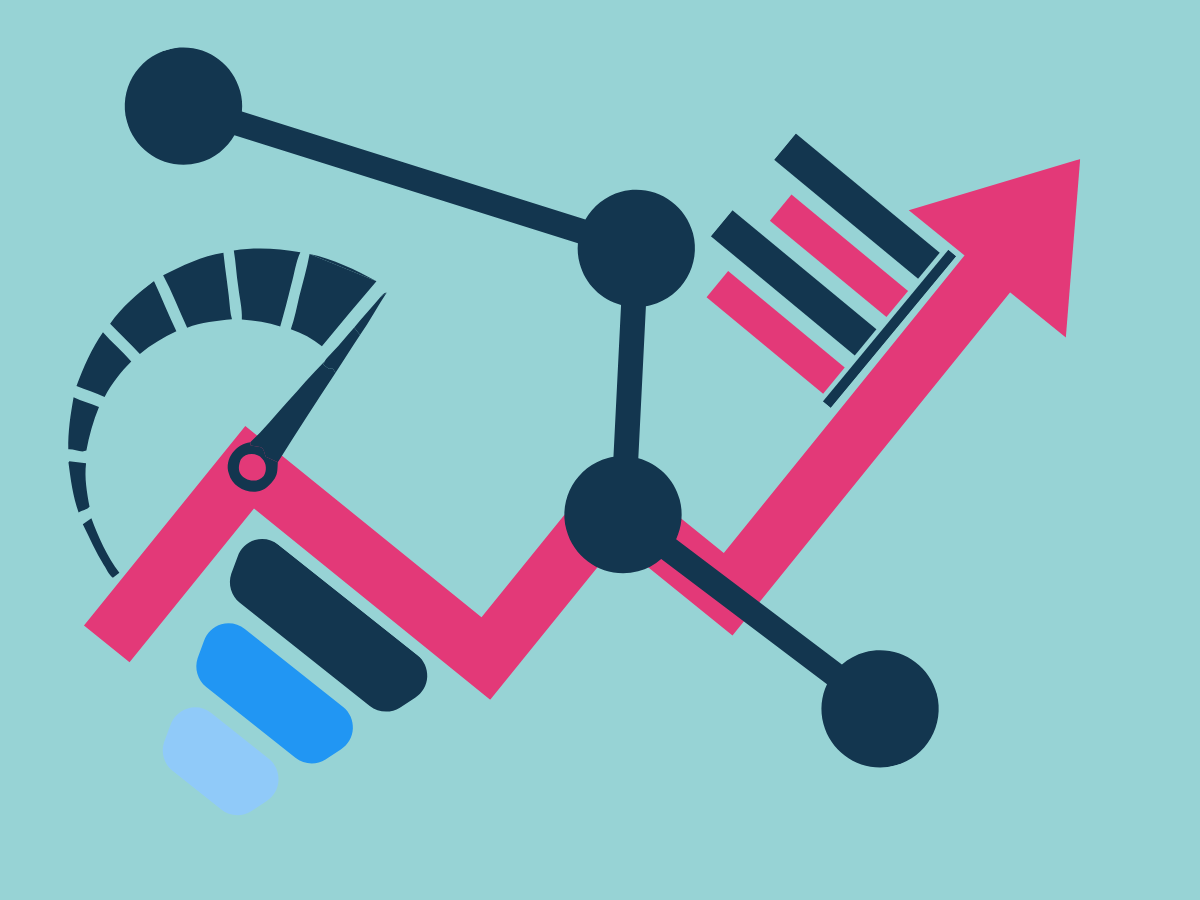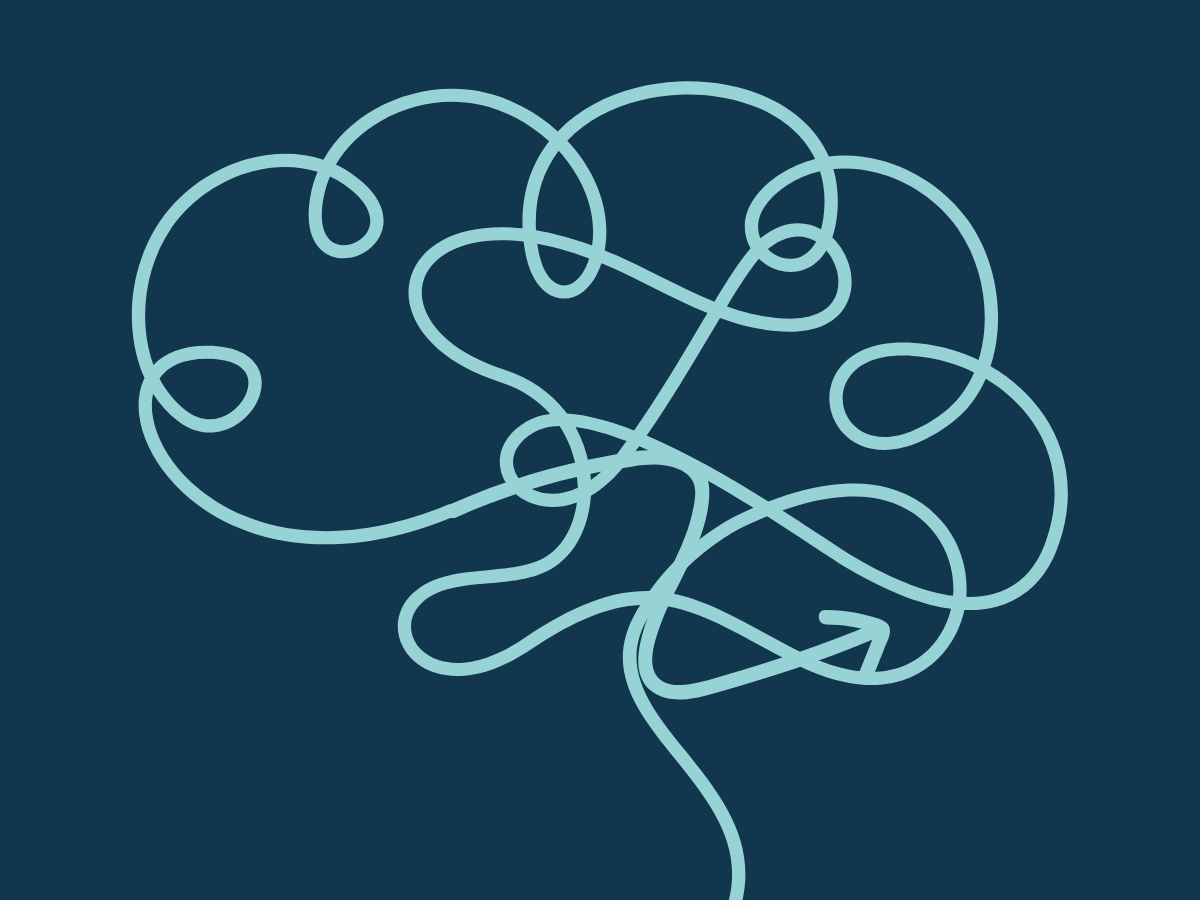Three proven plays to increase your AOV or spend per customer

We were sponsors of IMRG's Weekly Retail Data Show #177 on 21st March 2024, where I was a presenter. It was all about single vs. multi-category retailers. Therefore, we decided to share some proven tactics to get people to buy more from you.
Benefits of order growing campaigns
Increase AOV or spend per customer
First, the obvious one: AOV (or spend per customer, similar meat with a different delicious gravy) is a key retailer metric. Increasing conversion rates and reducing abandonment are the most obvious places to start when it comes to improving performance, but improving the value of each conversion is another way to meet your goals.
Manage inventory and sell off stock
A strong ancillary benefit of spend growing campaigns is they can also help with inventory challenges. By nudging people towards specific products or categories you want to shift, you can help to solve some of those problems, too.
Improve product discoverability
Choice paralysis is a well-researched problem - if a visitor is presented with too many options, it can lead to them not making a decision. When this happens, you need to be able to help by presenting a more limited set of options that still encourage consideration.
1. Cross-sell
Cross-selling incentivizes complimentary products and services to what a customer already has in their basket.
It relies on the quality of product and service recommendations, which have a few different factors to consider:
- Do you rely on data or manual curation to decide what to suggest?
- What does your data tell you about which products and categories are bought together?
- Can you test the right configuration to optimize the results?
How to configure
Some associations are obvious:
"You've added a pair of jeans to your basket. Do you want a top to match them?"
But it's with diving into the data to see what people commonly buy together. A report like this that we provide to our customers:

A good starting place is 10% off when the extra item is added.
Automation vs. curation in product recommendations
Serendipity is a lovely word. It is often the biggest challenge for eCommerce; when people aren't sure what they're looking for, how do you help them with useful ideas and suggestions?
For some brands, this is part of their work. They recommend things for a lifestyle. They want to provide more than the obvious—it's about curating products that a visitor might want.
The question then becomes: What's the right balance? Do you allow the algorithm to recommend or manually select items? Or somewhere in between?
What to test
Obviously, testing the incentive is important. Is what you're offering:
- Driving an improvement in line with your goal?
- Giving away more value than it needs to?
However, testing the recommended product setup will also help optimize performance. Do you have the right balance of obvious vs. discover something new?
Example
Fashionable sportswear brand SPLITS59 used cross-selling to increase the value of sales.
They gave customers a reason to buy complete outfits; anyone with a product from the ‘bottoms’ category in their cart received an offer for "10% off" sports bras.
This helped increase their AOV by 13%.
2. Upsell
Upselling incentivizes customers to buy more of the same product or service or an upgraded version.
How to configure
There are a couple of places where this one is obvious:
- Products or services that people tend to buy in bulk (although maybe you can introduce this idea to a new area).
- Products or services with different versions are available - a budget vs. regular vs. premium.
For example, we worked with Mobiles.co.uk to recommend that customers buy different mobile plans that were more favorable to the retailer.
Try offering 10% off when someone buys the better version or multipack.
What to test
This is all about testing the incentive - and sometimes, you don't need an incentive. A multipack or different data plan might be a better deal; you're just highlighting it.
Example
Sports retailer SportsShoes encouraged customers to buy larger multipacks of socks than the ones they'd chosen with a 5% discount for the upgrade.

3. Stretch & Save
Stretch & Save campaigns are some of our most popular. You set a target for visitors to reach to trigger an incentive, e.g., spend £100 to get 10% off.
The key to effective implementation is to understand where the right points are for your spend targets - this should be led by analyzing your basket ranges and any drop-offs in conversion you have right now.
Combine this campaign with some good product recommendations, and it will really increase AOV.
How to configure
It's worth diving into the data to examine the makeup of your carts and baskets. Whenever we do this analysis, there are clear drop-offs in conversion. These are the places to use incentives to reduce abandonment.
If, for example, many people are spending £50 - 100, but there is a big drop-off of over £100, then targeting that level would be a good place to start.
These campaigns can also be tiered. You can set one incentive to target spending over £100 and another over £200 to keep pushing for higher checkout values.
Gamification
One really effective thing about Stretch & Save is that it allows you to gamify the basket value, adding a progress bar to encourage people to hit the next goal.
What to test
The different incentives you're offering, of course. And also tweaking the bands and tiers to see what impact they have.
Example
Beauty brand Wet n Wild used multiple offer tiers, including a ‘free delivery’ incentive for low-value carts and increasing discounts for bigger orders.
These campaigns helped increase AOV by 25%.
.png)







